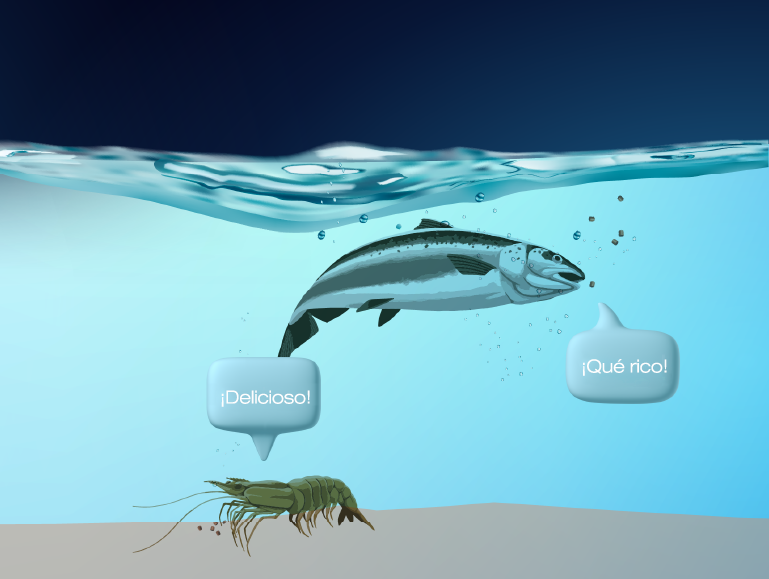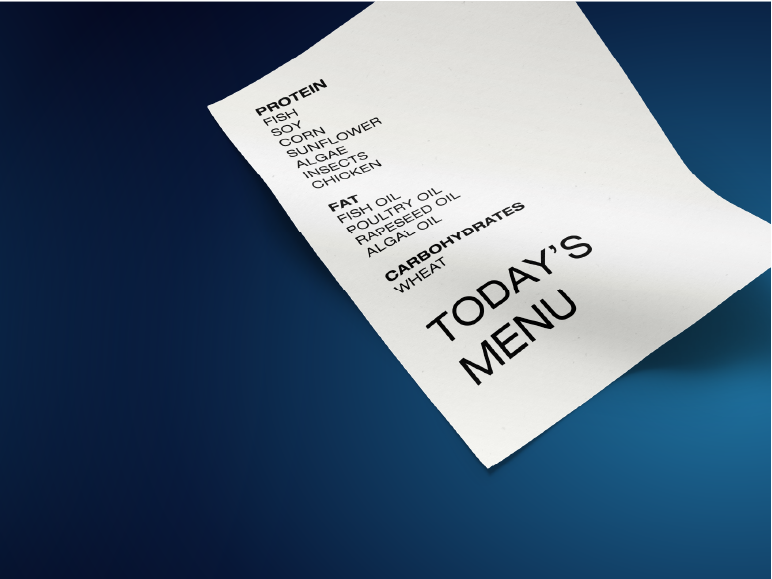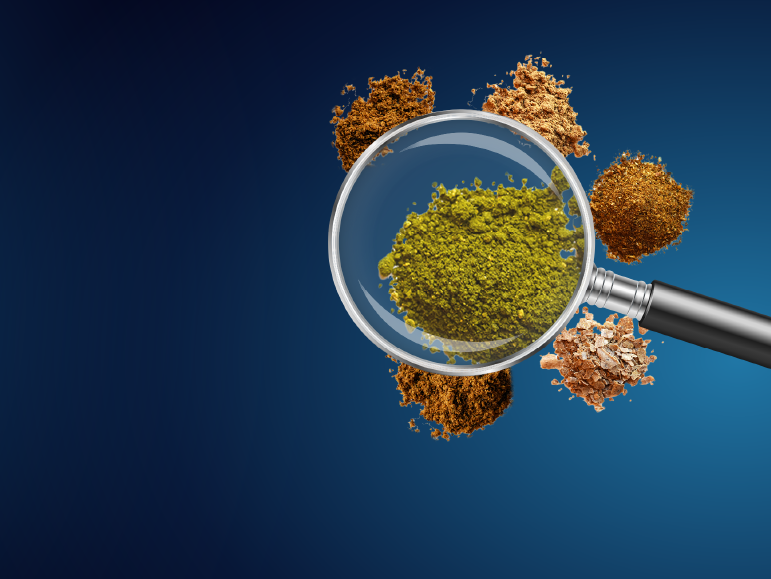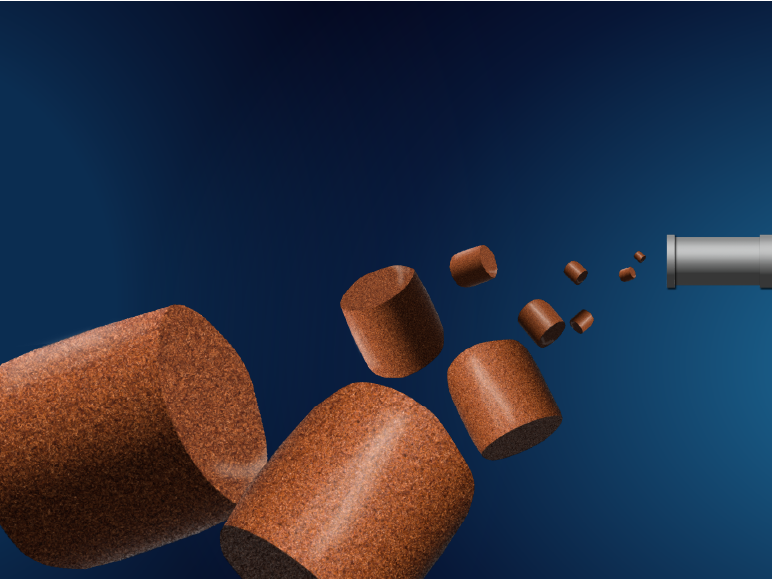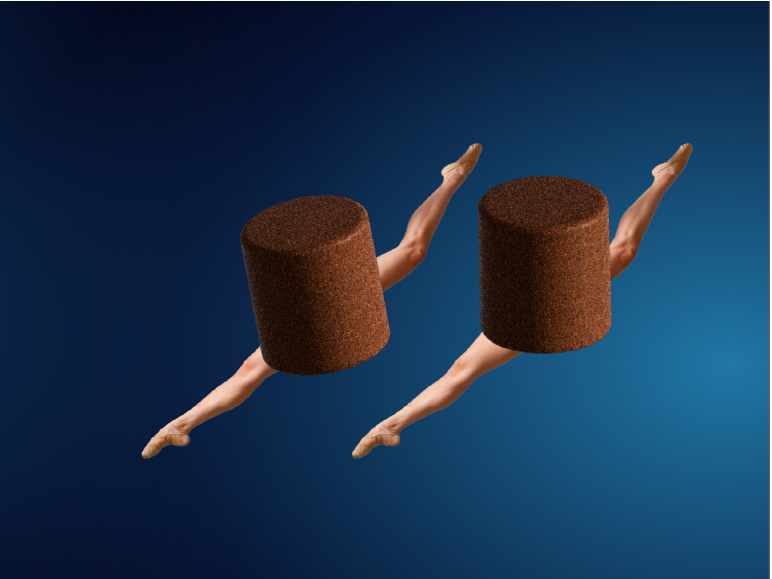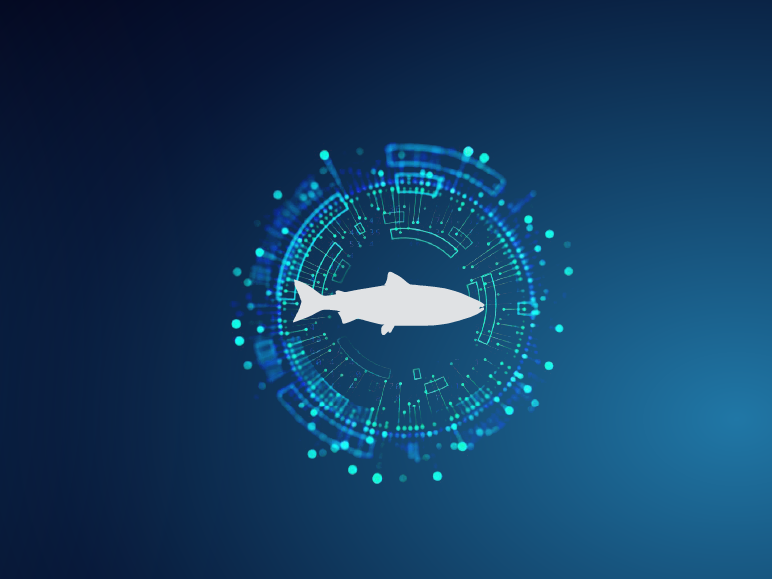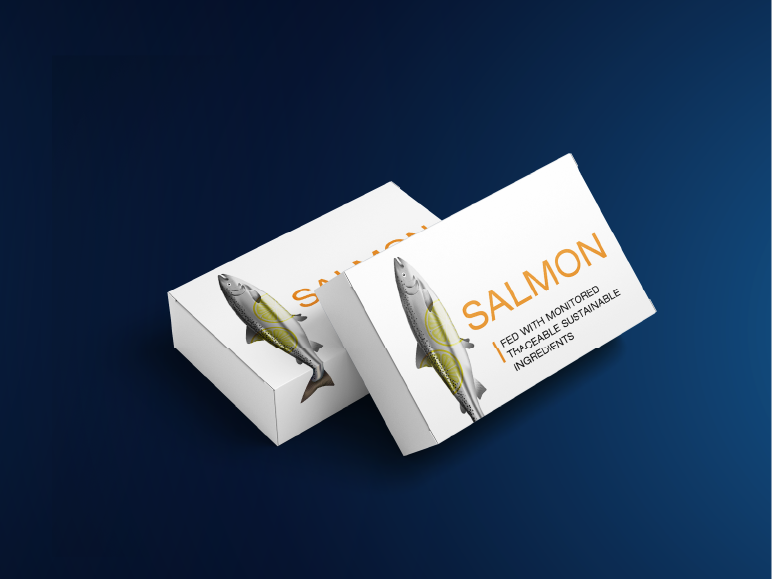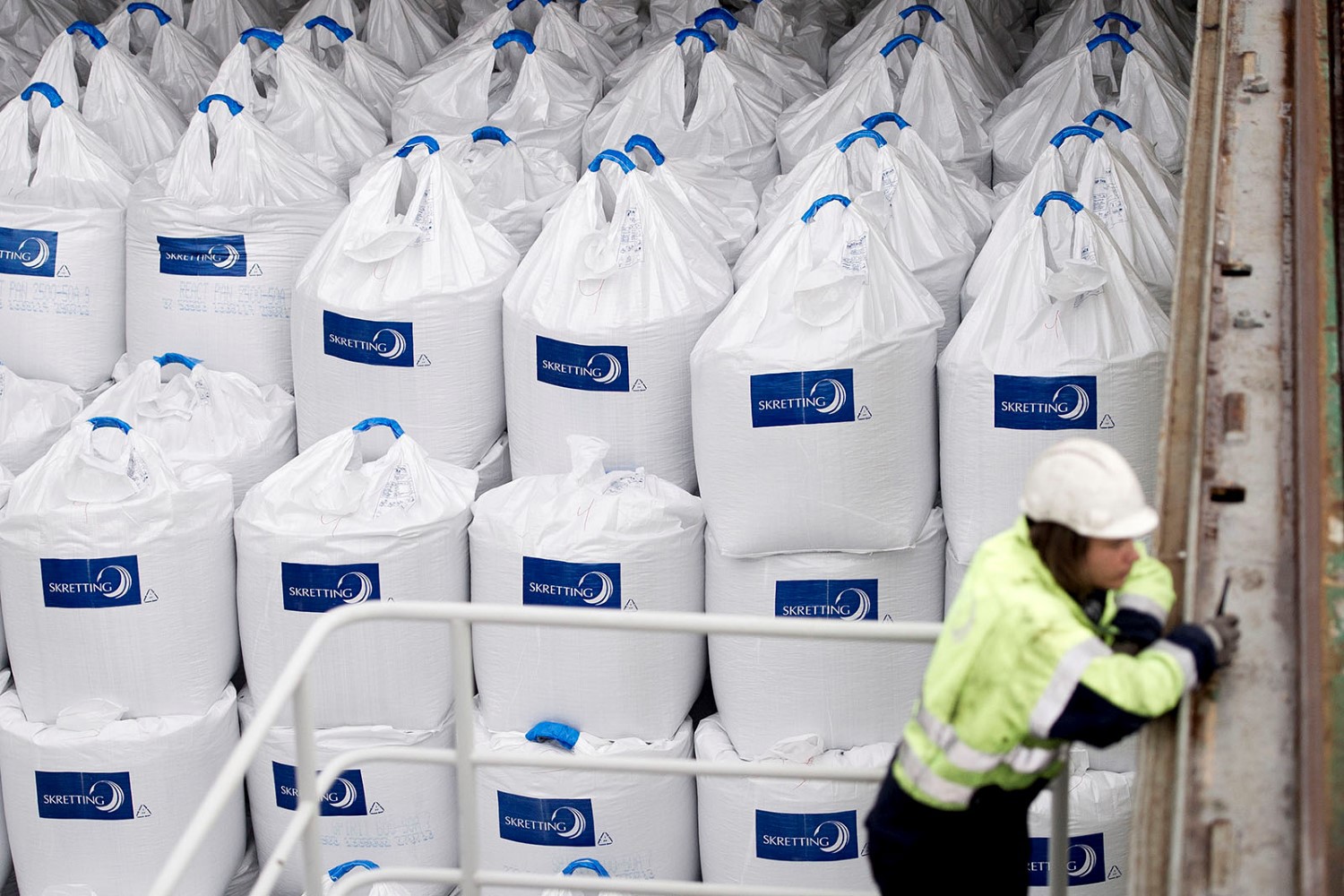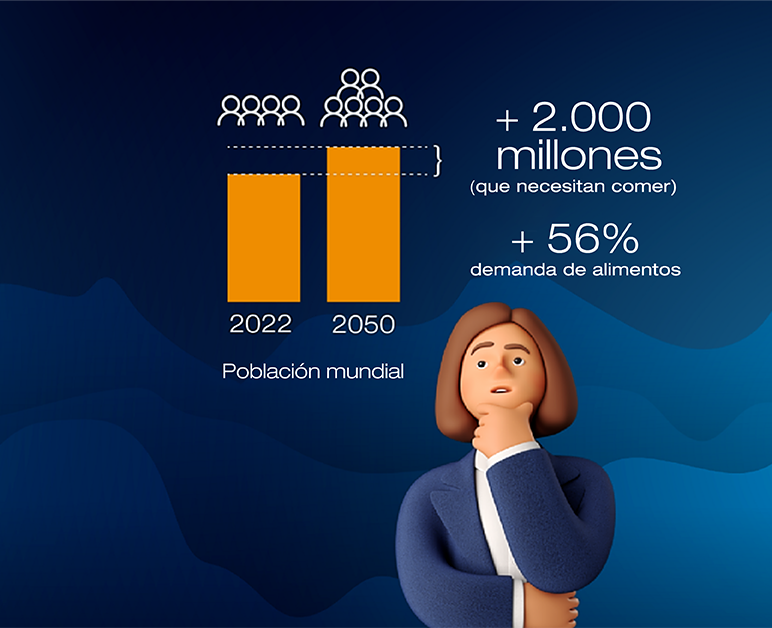
How do we know what ingredients to put in the food?
It's not just people who need nutritionists. We have many (fish and prawn nutritionists, or rather, fish and prawn nutritionists to be more exact). Our aquaculture feeds are created from specific recipes (technically, we call them formulations) developed by our nutrition experts.

Nutritional needs
These recipes provide fish and prawns with balanced nutrients needed to optimize their growth, development, health, and well-being.
Because each species – which can be as biologically unique as mice versus elephants – each life stage and each farming system has specific nutritional needs, we conduct meticulous research when developing new diets or improving existing solutions.
Thanks to our in-depth knowledge of the digestive systems and nutritional requirements of the different species, we have created an extensive raw material digestibility database dedicated to each of these species
How much of each ingredient?
Understanding the nutritional needs of each species and knowing the composition and functionality of each raw material is key to formulating diets that allow efficient and sustainable aquaculture. When we know exactly what needs to be put in and in what quantity, we can reduce waste and optimize growth.
To find out the level of inclusion of specific nutrients that should be included, we conduct trials called requirements studies. These studies tell us not only what the optimal level of an ingredient is, but also when to stop including it when you no longer make a profit. This varies depending on the ingredient, the species, the life cycle... so we've done a LOT of studies like this.
We think of ingredients as carriers of nutrition, regardless of the packaging in which they are presented.
Breaking down ingredients and identifying the impact they have means that we consider ingredients to be carriers of nutrition, regardless of the packaging they are presented in. We are talking about proteins and carbohydrates, not necessarily fish meal and wheat. After all, we need nutrients, not ingredients, and there are many new and interesting packaging in which nutrients are presented (more information on new ingredients here).
Based on our knowledge, we can also create strong growth models, which can help our customers better understand the various variables and plan their production in a simple way.
Watch video for more information.
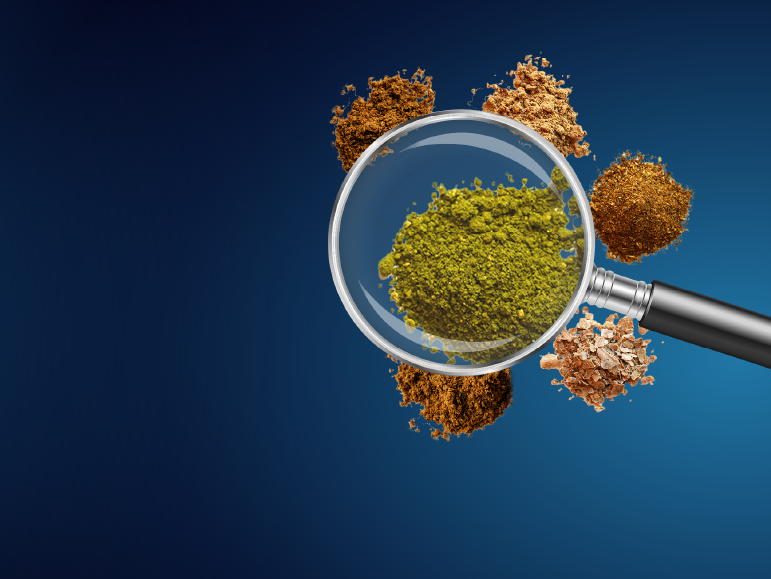
Next chapter
What ingredients are in the Skretting food recipe?
Due to specific nutritional needs, aquafeeds can contain many different ingredients from plant, marine and terrestrial animal sources. Some of the most well-known ingredients can be fishmeal and oil, wheat, soybeans, rapeseed meal, sunflower meal and broad beans. One thing that may not be known is that, thanks to decades of R+D, Skretting is able to manufacture salmon feed without any fish ingredients

